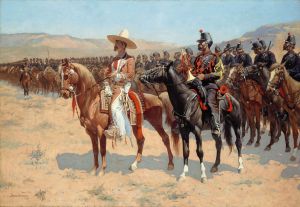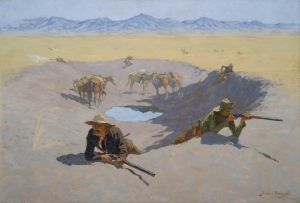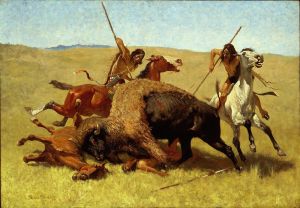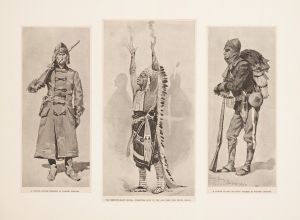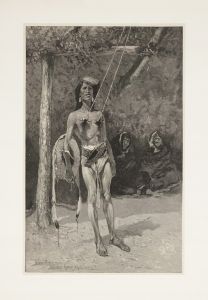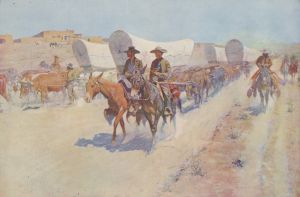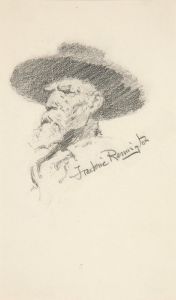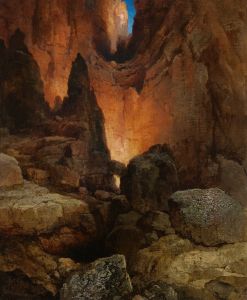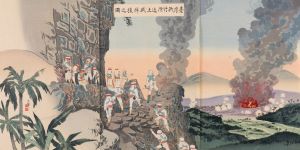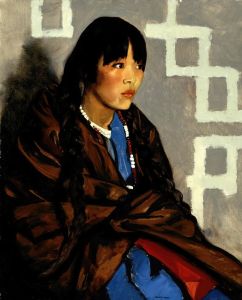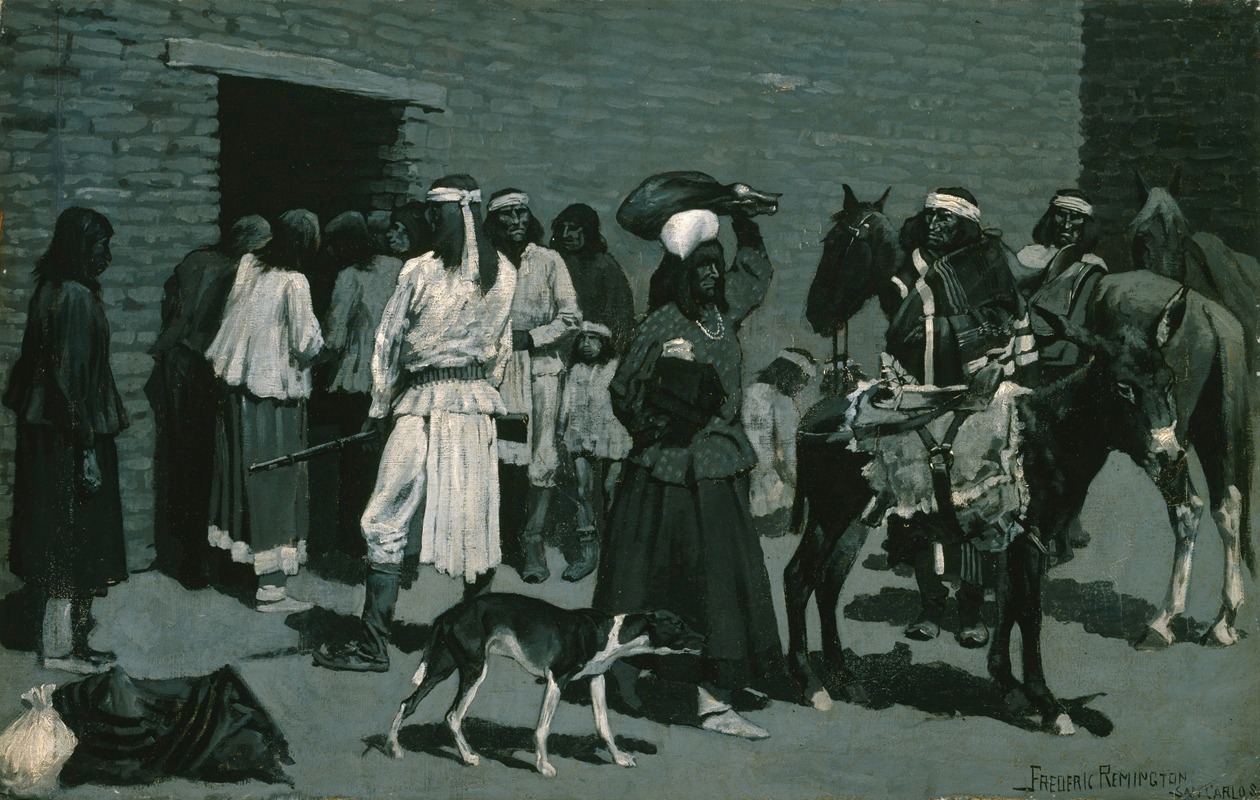
Pueblo Indian Village
A hand-painted replica of Frederic Remington’s masterpiece Pueblo Indian Village, meticulously crafted by professional artists to capture the true essence of the original. Each piece is created with museum-quality canvas and rare mineral pigments, carefully painted by experienced artists with delicate brushstrokes and rich, layered colors to perfectly recreate the texture of the original artwork. Unlike machine-printed reproductions, this hand-painted version brings the painting to life, infused with the artist’s emotions and skill in every stroke. Whether for personal collection or home decoration, it instantly elevates the artistic atmosphere of any space.
"Pueblo Indian Village" is a painting by the renowned American artist Frederic Remington, who is best known for his depictions of the American West. Remington, born in 1861, was a prolific painter, illustrator, sculptor, and writer whose works primarily focused on the last quarter of the 19th century in the Western United States. His art is celebrated for its dynamic portrayal of cowboys, Native Americans, and the U.S. Cavalry, capturing the spirit and challenges of frontier life.
"Pueblo Indian Village" is one of Remington's lesser-known works, but it still reflects his keen interest in the life and culture of Native American tribes. The painting depicts a scene from a Pueblo village, which is a type of settlement traditionally inhabited by the Pueblo peoples. The Pueblo are Native American tribes primarily located in the Southwestern United States, particularly in present-day New Mexico and Arizona. They are known for their unique adobe architecture, complex social structures, and rich cultural traditions.
In this painting, Remington captures the essence of a Pueblo village with his characteristic attention to detail and vibrant use of color. The scene likely includes adobe structures, which are typical of Pueblo architecture. These buildings are made from sun-dried earth and straw, forming a durable and insulating material well-suited to the arid climate of the Southwest. The Pueblo people are known for constructing multi-storied buildings that often resemble apartment complexes, with ladders providing access to different levels.
Remington's portrayal of the Pueblo village would have been informed by his travels and observations. He made several trips to the American West, where he gathered material and inspiration for his art. His works often reflect a romanticized view of the West, but they are also valuable historical records of the people and landscapes of that era.
While Remington is sometimes criticized for perpetuating stereotypes of Native Americans, his works also demonstrate a genuine interest in and respect for their cultures. In "Pueblo Indian Village," he likely aimed to depict the daily life and environment of the Pueblo people, capturing a moment in time that reflects their enduring traditions and connection to the land.
The painting is part of Remington's broader body of work that explores the themes of frontier life and the interactions between different cultures in the American West. His art remains influential, offering insights into the historical context of the late 19th and early 20th centuries.
Frederic Remington's legacy as an artist is significant, as he helped shape the popular image of the American West through his vivid and dynamic portrayals. "Pueblo Indian Village" contributes to this legacy by providing a glimpse into the life of the Pueblo people, highlighting their unique cultural heritage within the broader tapestry of American history.





